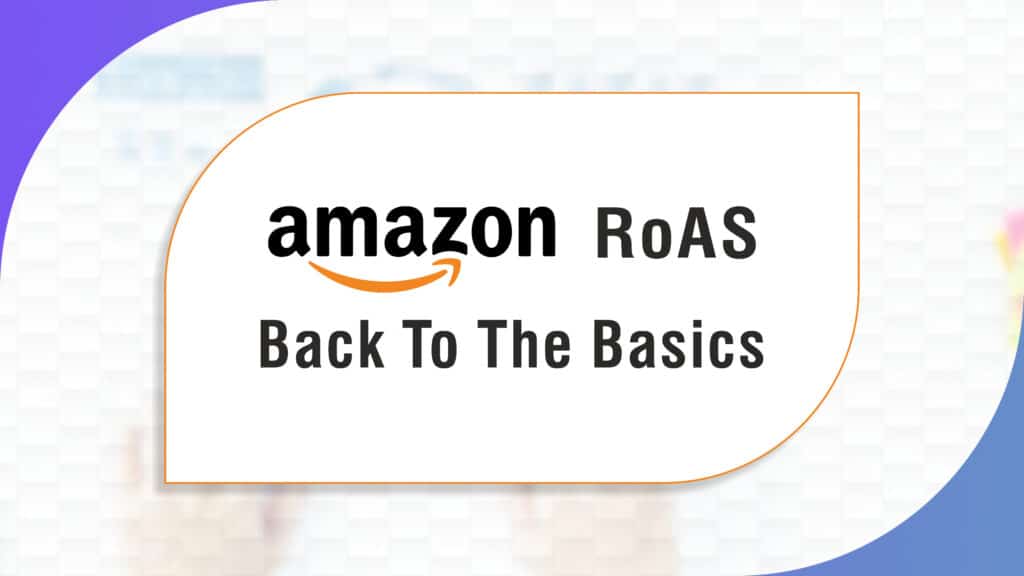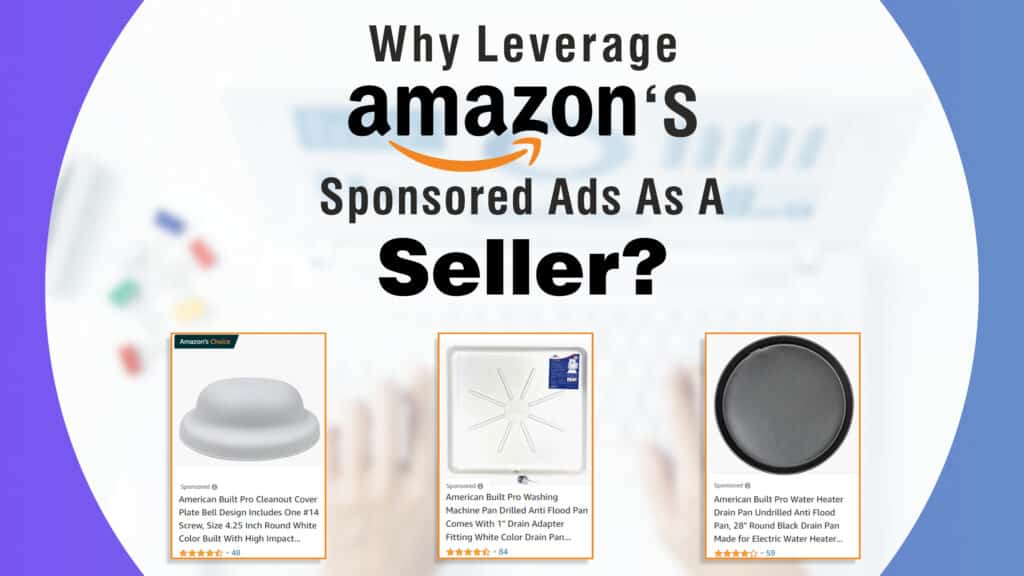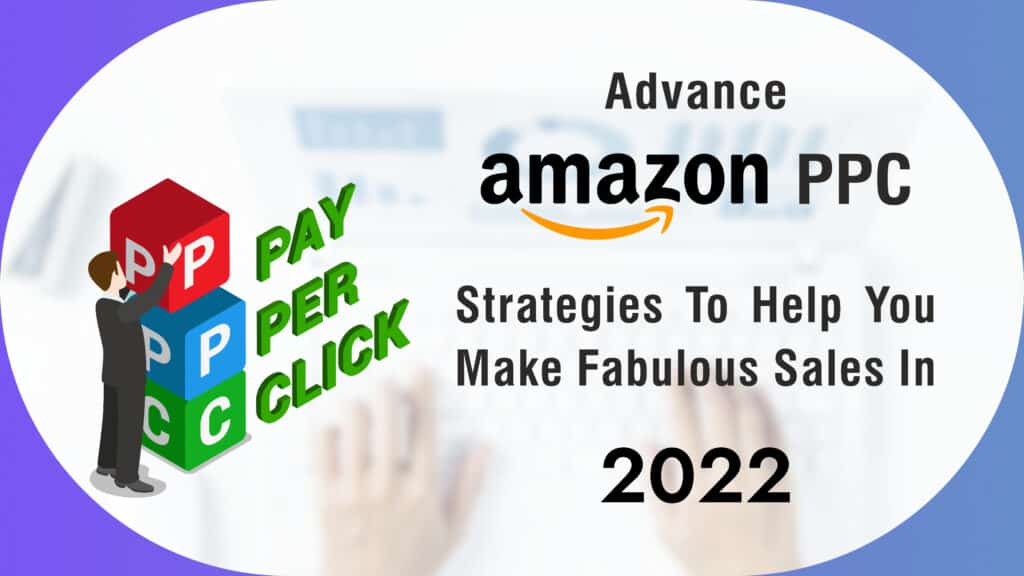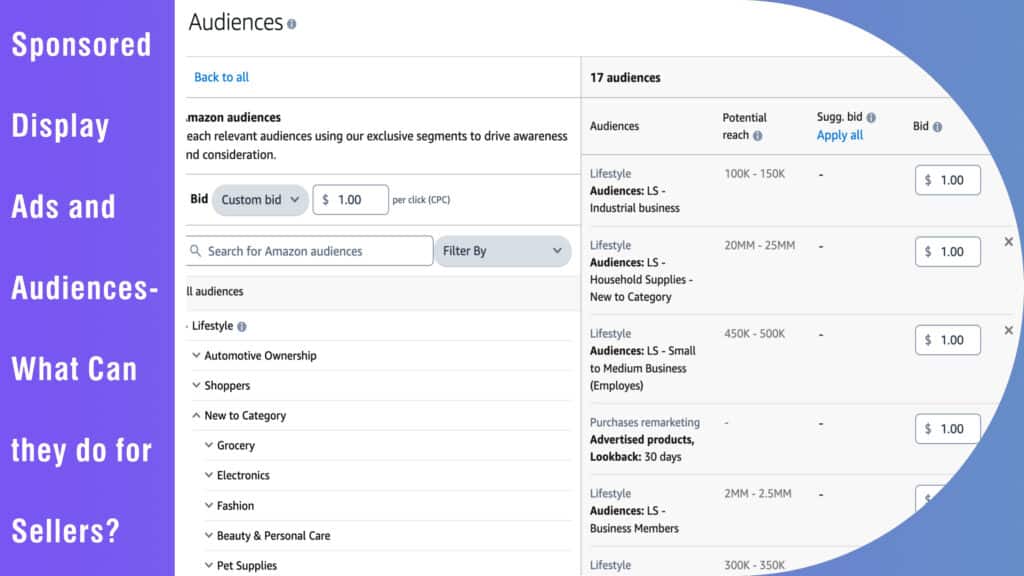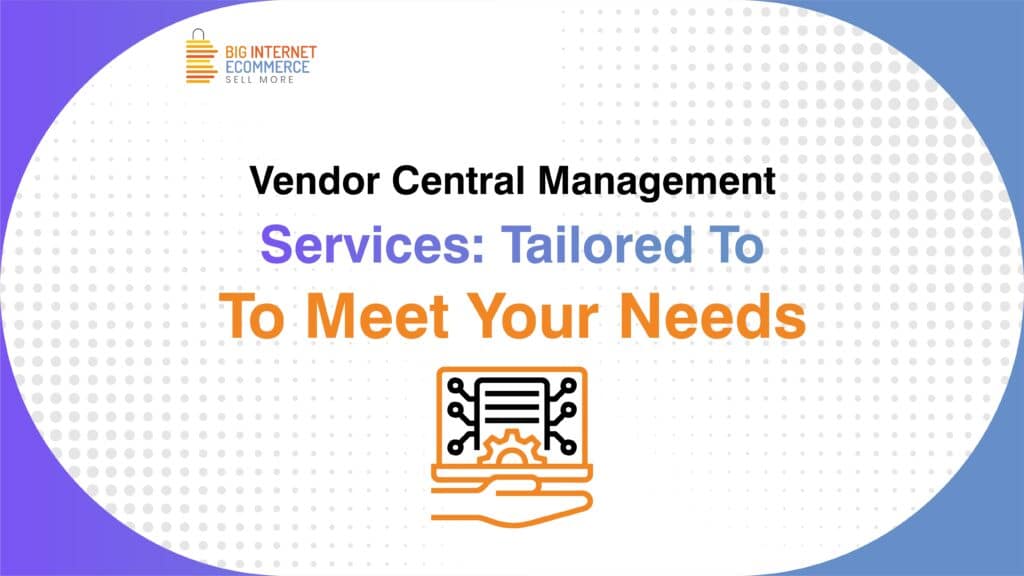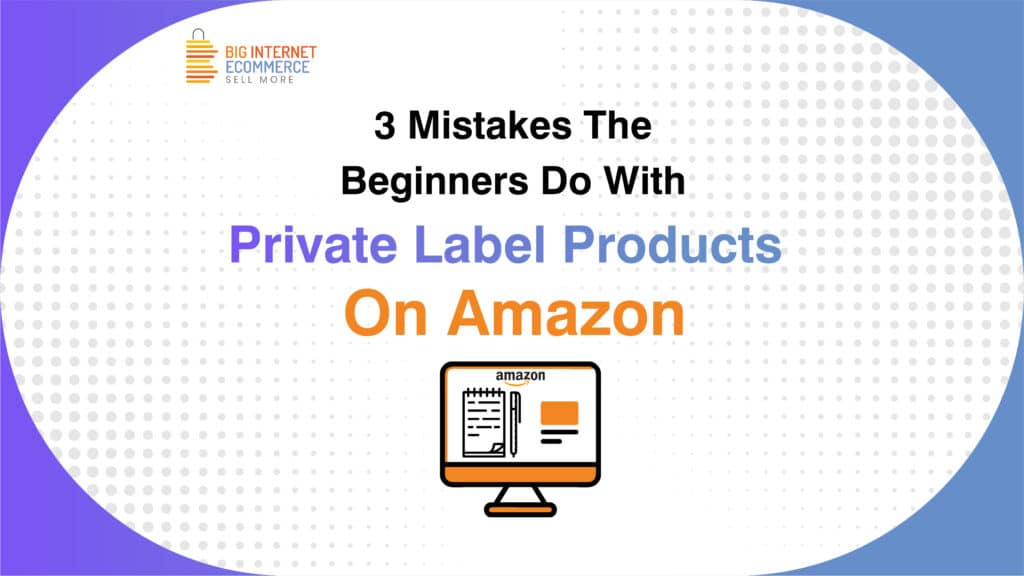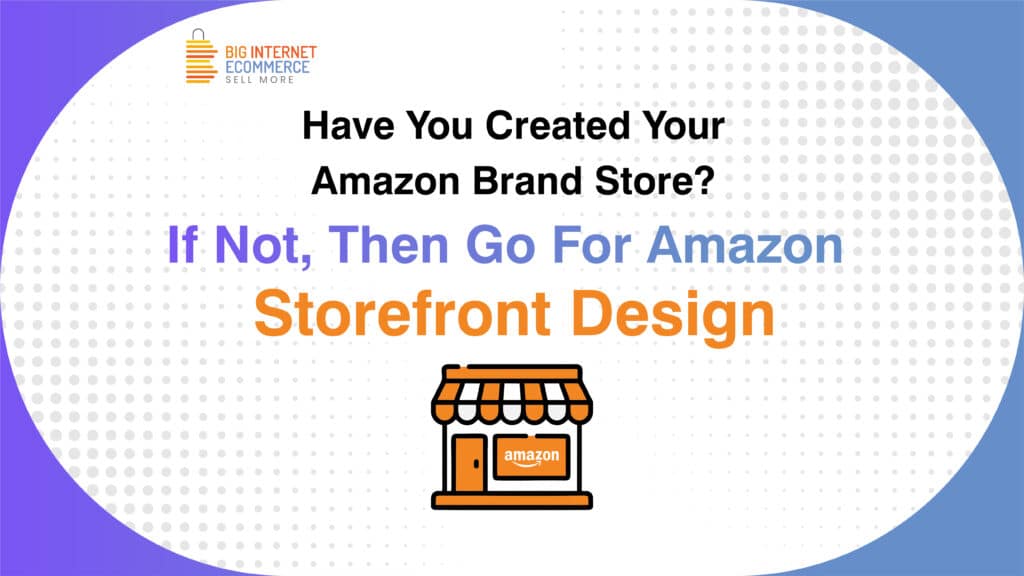How does Amazon Vendor Central Advertising Evolve Your Marketing Style?
Intro Get to know what advertising on Amazon Vendor Central is all about. You can also have a Fab On Go advertising specialist help you through and through. BOOK A FREE CONSULTING CALL What is Vendor Central on Amazon? It is an exclusive and invite-only program available to only a few elite brands. As an Amazon seller, if you find yourself this lucky, you have a chance to be on the top of the heap when compared to other sellers. A vendor sells directly to Amazon which then sells the products to its customers. Here’s what makes you eligible for that eliteness: A brand that has a large user base An exhibitor with fascinating products who participate in trade shows and fairs An Amazon marketplace seller who is in a different league altogether. Amazon Vendor Central and the Evolution of Amazon Advertising Before 2020, paid marketing was split into two separate portals for vendors and sellers. Amazon then combined them(Amazon Marketing Services and Amazon Advertising Platform) into a unified hub called Amazon Advertising. An exceptional move by the e-commerce platform, it allows businesses to access the same types of advertising systems, campaigns, and reporting metrics. To get the best out of it, a business must register itself through Amazon Brand Registry. Registration helps take advantage of the many marketing placements and gain access to several self-service brand protection tools. Types of Ads Available to Vendors and their Features Amazon Sponsored Products These are the most basic ad options used by both sellers and vendors. These ads are shown on Amazon search results or a product details page. These can be executed only when one wins the Amazon Vendor Buy Box. These offer two types of targeting: Automatic targeting where Amazon controls the ad campaigns. It selects the search terms by itself based on your product’s description. It frees you from worrying about any additional setup. In Manual targeting, you get to customize keywords and individual bids. These ads help generate general awareness and elevate sales for your product when in high demand. Amazon Sponsored Brands These were known as Amazon Headline Ads back in time. These allow for a single headline, logo, and three featured products along with links to their respective product pages. You can also redirect these sponsored ads to your main Amazon storefront or a particular customized landing page. These can be targeted to brand names, search terms, and competitor ASINs. They can also be auto-targeted as per the category. These ads boost both brand and product awareness among your target customers. Amazon Sponsored Display These ads allow businesses to reach target customers both on and off Amazon. These allow advertisers to customize bids and adjust targeting. These ads allow vendors to explore product-based targeting, views-based targeting, and interest-based targeting. Amazon vendors are given a few more targeting options according to their Brand Registry status. Differences between Vendor and Seller Advertising There is one main difference- the attribution window. An attribution window is the number of days that fall between a person viewing or clicking your ad and subsequently taking an action. For sellers, the attribution window is 7 days while for vendors, it is 14 days. Final Thoughts To give it all to Amazon Vendor Central advertising can feel cumbersome if you don’t see good results right away. Nevertheless, it is an excellent way to reach new customers and control ad spending. For best results, consult our advertising experts today.
How does Amazon Vendor Central Advertising Evolve Your Marketing Style? Read More »



